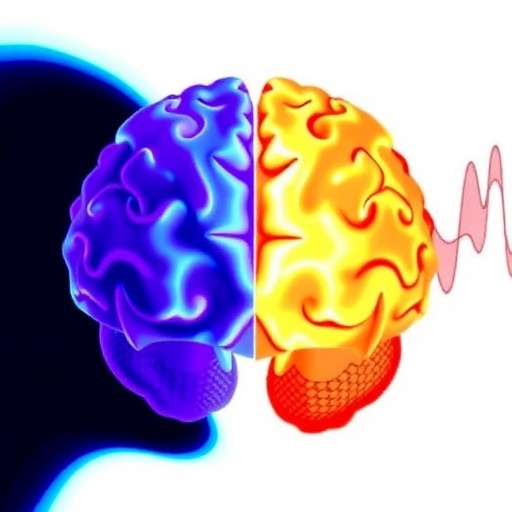PHILADELPHIA (August 14, 2024) – A research team – co-led by Penn Nursing – has made a significant breakthrough in understanding the complex neural circuitry underlying reward and addiction by identifying 34 distinct subtypes of medium spiny neurons (MSNs) in the nucleus accumbens (NAc), a key brain region involved in pleasure and motivation. The findings, published in the journal Scientific Reports by Nature, offer insights into the diversity of these neurons and their potential roles in substance use disorders.
PHILADELPHIA (August 14, 2024) – A research team – co-led by Penn Nursing – has made a significant breakthrough in understanding the complex neural circuitry underlying reward and addiction by identifying 34 distinct subtypes of medium spiny neurons (MSNs) in the nucleus accumbens (NAc), a key brain region involved in pleasure and motivation. The findings, published in the journal Scientific Reports by Nature, offer insights into the diversity of these neurons and their potential roles in substance use disorders.
MSNs are the primary type of neuron in the NAc and have long been classified based on their expression of dopamine receptors. However, this new research reveals a far more intricate picture of MSN diversity. By analyzing a massive dataset of single-nucleus RNA sequencing data from rat brains, the researchers identified 34 distinct MSN subtypes, each with its own unique genetic profile.
“Our study challenges the traditional view of MSNs as a homogenous population,” said co-lead author Heath D. Schmidt, PhD, Professor in Penn Nursing’s Department of Biobehavioral Health Sciences. “By uncovering this level of diversity, we can begin to understand how specific MSN subtypes contribute to different aspects of reward processing and addiction.”
The researchers also found that these MSN subtypes are conserved across species, suggesting that the findings may have broad implications for human brain function and behavior. Additionally, by analyzing genetic data linked to substance use disorders, the team identified potential differences in the roles of specific MSN subtypes in these conditions.
This groundbreaking research provides a foundation for future studies aimed at developing targeted therapies for addiction and other brain disorders. By understanding the specific functions of different MSN subtypes, scientists can develop treatments that precisely target these cells, potentially leading to more effective and less harmful interventions.
This work was supported in part by a State of Pennsylvania Department of Health Nonformula Tobacco Settlement Act Grant, Pharmacogenetics of Opioid Use Disorder; National Institutes of Health grants R01 DA037897, R21 DA045792, R21 DA 057458, R21 DA 055846, NIH/NIDA DP1DA054394, K01 AA028292, and R01 AA030056; Tobacco-Related Disease Research Program (TRDRP) Grant Number T32IR5226; and Department of Veterans Affairs grant I01 BX004820. The researchers have no conflicts of interest to report.
# # #
About the University of Pennsylvania School of Nursing
The University of Pennsylvania School of Nursing is one of the world’s leading schools of nursing. For the ninth year in a row, it is ranked the #1 nursing school in the world by QS University. For the third year in a row, our Bachelor of Science in Nursing (BSN) program is ranked # 1 in the 2023 U.S. News & World Report’s Best Colleges rankings. Penn Nursing is also consistently ranked highly in the U.S. News & World Report annual list of best graduate schools and is ranked as one of the top schools of nursing in funding from the National Institutes of Health. Penn Nursing prepares nurse scientists and nurse leaders to meet the health needs of a global society through innovation in research, education, and practice. Follow Penn Nursing on: Facebook, Twitter, LinkedIn, & Instagram.
Journal
Scientific Reports
Article Title
A single-nucleus transcriptomic atlas of medium spiny neurons in the rat nucleus accumbens
Article Publication Date
6-Aug-2024





